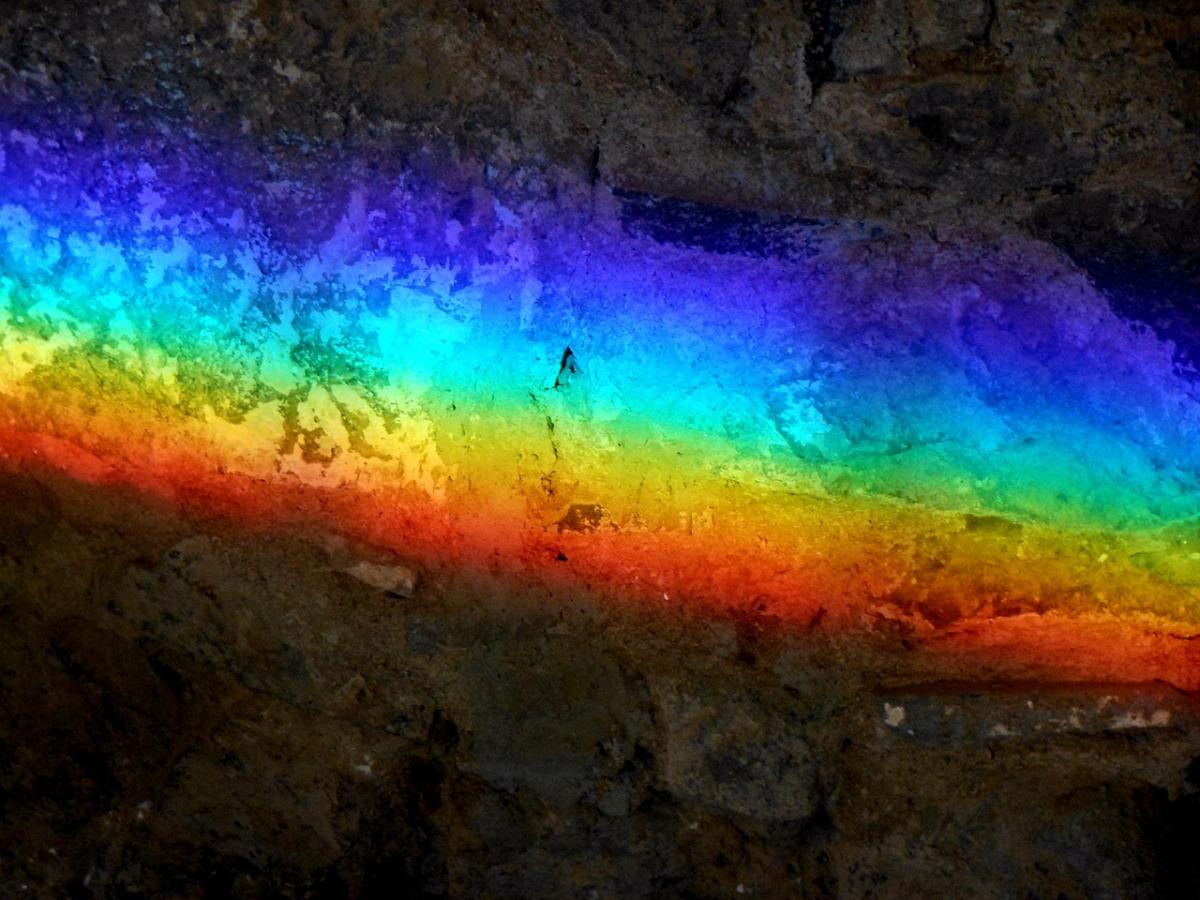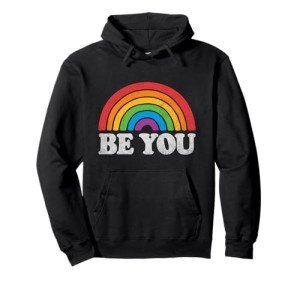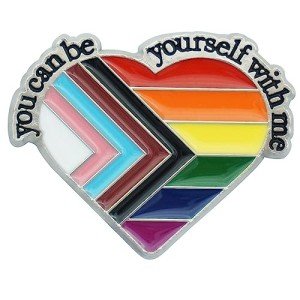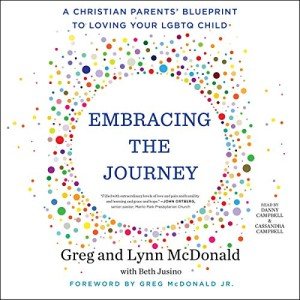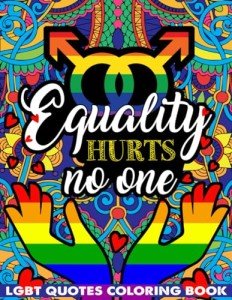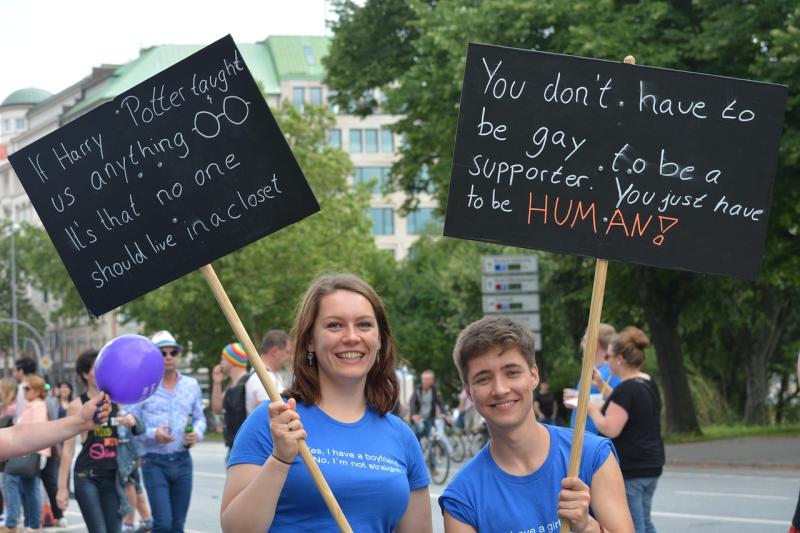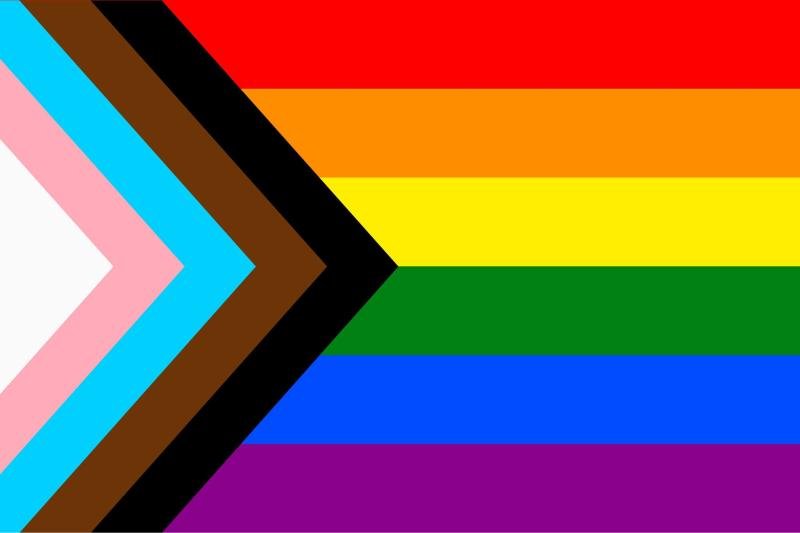Being gay means that a person is attracted to individuals of the same sex. This attraction can be emotional, romantic, and/or sexual. It's a part of human diversity and is expressed in various ways depending on personal experiences and cultural contexts. Understanding this aspect of identity is important for creating acceptance and support within our communities.
The science behind being gay has evolved significantly over the years. Research shows that sexual orientation is not a choice, but rather a complex interplay of genetic, hormonal, and environmental factors.
To begin, brain structure and function seem to play a part in sexual orientation. Scientific studies show that there are subtle differences in the brains of gay and straight individuals, although researchers are still working to fully understand what these differences mean.
Be You Gay Pride Rainbow Hoodie
Stay cozy and express your true colors with this vibrant hoodie designed for all pride lovers
Product information
$34.99
Product links
Studies also suggest that sexual orientation can run in families. Scientists have identified certain genes that might contribute to whether someone identifies as gay or straight. While it’s not as simple as a single “gay gene,” it does indicate that our DNA could have an influence on our attractions. For example, studies involving twins suggest a genetic component, indicating that if one twin identifies as gay, the other is more likely to as well.
Beyond genetics, scientists explore hormonal influences during prenatal development. Exposure to different hormone levels in the womb may affect sexual orientation later in life. While these theories continue to be studied, they remind us that being gay is a natural variation of human sexuality, not something that needs fixing or changing.
It's also crucial to recognize the importance of social and cultural factors. How society views and accepts different sexual orientations can greatly impact individuals. Supportive environments promote better mental health and self-acceptance, whereas discrimination can lead to significant challenges. Understanding this connection can help us create more inclusive spaces for everyone.
Societal Influences on Sexual Identity
Understanding the science behind how societal factors work can shed light on the complexities of sexual identity.
For example, media plays a huge role in shaping perceptions. Shows, movies, and online content can celebrate or stigmatize different sexual orientations. Representation matters! When LGBTQ+ characters are shown positively, it gives individuals the courage to embrace their identity. On the flip side, stereotypes and negativity can lead to internal conflict and feelings of shame.
Be Yourself Rainbow Heart Pride Lapel Pin
Show your true colors and celebrate love with this vibrant rainbow heart pin!
Product information
$6.99 $5.99
Product links
Family dynamics also significantly impact sexual identity. Supportive families can create a safe space for exploration and self-acceptance. Conversely, families that hold rigid beliefs may make it hard for individuals to understand or accept their true selves. The science tells us that acceptance at home can greatly influence mental health and overall happiness for those exploring their sexuality.
Finally, cultural norms play a key role. Different communities have varying levels of acceptance regarding LGBTQ+ identities. In some places, being gay is celebrated, while in others, it may be frowned upon. These cultural influences can impact everything from how individuals view themselves to how openly they express their identity. Science shows us that these varying environments can affect the mental well-being of those questioning their sexual orientation.
Myths and Facts About Being Gay
Being gay often comes with a lot of misconceptions. Let's dive into some common myths and separate them from the facts, helping you understand the science behind being gay.
Myth 1: Being gay is a choice. Many people believe that sexual orientation is something you can choose. However, the science shows that sexual orientation is not a decision. It's a complex interplay of genetic, hormonal, and environmental factors that contribute to who we are attracted to. Most researchers agree that being gay is something many individuals realize about themselves rather than something they "choose."
Myth 2: Gay people are just going through a phase. Another widespread myth is that being gay is just a phase that people will outgrow. The science indicates that for many individuals, their sexual orientation is a stable aspect of who they are. While some might explore their feelings during their teenage years, many people come out as gay and know their orientation is not temporary.
Be You Rainbow Pride Vintage Zip Hoodie
Celebrate your unique style and stand proud in vibrant comfort with this cozy hoodie
Product information
$36.99
Product links
Myth 3: Gay people can't have healthy relationships. Some folks think that same-sex relationships aren't as valid or healthy as heterosexual ones. The truth is, science shows that gay couples can have lasting and loving relationships. They often build strong emotional connections, just like any other couple, and can navigate the ups and downs of life together.
Myth 4: Gay people are all the same. There's a stereotype that all gay people have the same interests or behaviors. In reality, just like any group, the gay community is diverse. People have various interests, backgrounds, and lifestyles. It's essential to recognize that being gay doesn't define every aspect of someone's identity.
Together we can help the LGBTQ+ community accept and celebrate who they were born to be!
